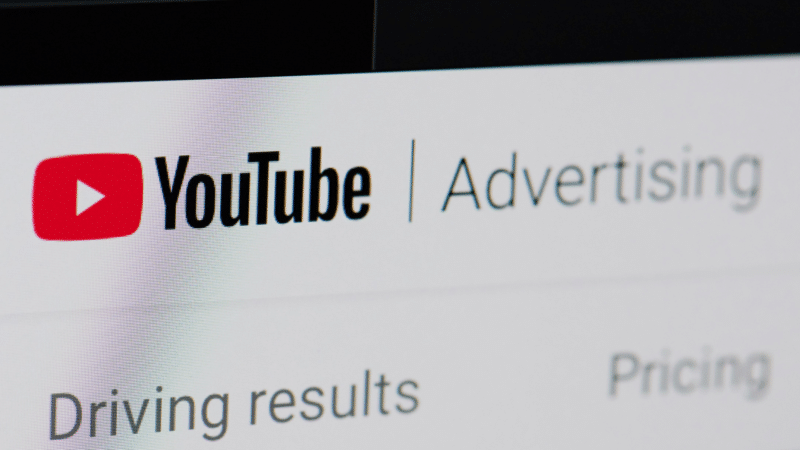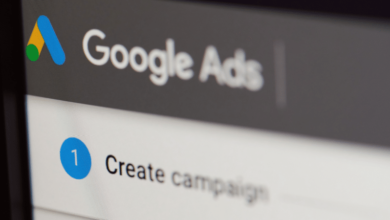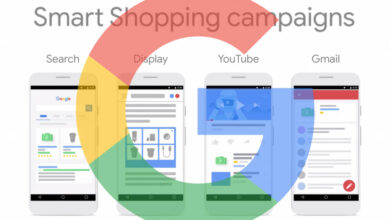3 YouTube Ad formats you need to reach and engage viewers in 2025

YouTube has quickly become a vital platform for brands looking to connect with their audience in a meaningful way. With its vast reach and diverse user base, YouTube offers a unique opportunity for advertisers to create campaigns that entertain, educate, and inspire. Understanding the three key ad formats on YouTube – in-stream, in-feed, and Shorts – is crucial for brands to make the most of their marketing efforts without wasting resources.
The evolution of YouTube as a cornerstone of modern advertising can be attributed to its ecosystem, which consists of viewers, creators, and advertisers. Viewers are the foundation of YouTube, and their behavior has shifted from traditional TV to YouTube, and now back to TV screens via streaming. Creators play a crucial role in driving viewer growth, as they have the ability to produce content independently, bypassing the need for large production teams or corporations. Advertisers, on the other hand, have the opportunity to reach viewers through creators or by producing compelling content on a platform designed for video consumption. This ecosystem highlights the interdependence of viewers, creators, and advertisers in shaping YouTube’s ongoing evolution.
When it comes to YouTube advertising, understanding the three key ad formats is essential for brands looking to succeed in 2025.
1. In-stream ads: In-stream ads are designed to educate viewers and are particularly effective when targeted at TV screens. With the shift towards streaming on TV screens, in-stream ads offer brands the opportunity to reach audiences at scale and deliver educational content seamlessly.
2. In-feed ads: In-feed ads provide a unique opportunity to inspire users as they scroll through their feeds. By appearing in key locations such as the home feed, Watch Next feed, and search feed, in-feed ads can capture user attention and guide them through the purchase cycle, ultimately driving conversions.
3. Shorts ads: Shorts are a valuable ad format for brands looking to engage with their audience in a personal and engaging way. Shorts offer versatility across platforms and placements, allowing brands to test creative performance and drive user engagement effectively.
Moving forward, building content on YouTube can be simplified by setting a budget, planning content variations, and ensuring a seamless transition across formats. By focusing on creating educational, inspiring, and entertaining content that aligns with each ad format’s purpose, brands can transform their trajectory on YouTube and connect with their audience in a meaningful way.
In conclusion, YouTube’s three key ad formats offer brands a powerful opportunity to engage with their audience and drive meaningful results. By understanding the unique strengths of each format and tailoring content accordingly, brands can create campaigns that resonate with viewers and deliver value.
FAQs:
1. How can brands make the most of YouTube’s ad formats?
Answer: By understanding the purpose of each ad format (in-stream, in-feed, and Shorts) and tailoring content to educate, inspire, and entertain viewers effectively.
2. Why is it important to consider user behavior when creating YouTube ads?
Answer: User behavior plays a crucial role in determining the success of YouTube ads. By understanding how users interact with the platform and consume content, brands can create campaigns that resonate with their target audience.
3. What role do creators play in shaping the YouTube ecosystem?
Answer: Creators drive viewer growth on YouTube by producing engaging content independently. Their content plays a key role in attracting viewers and shaping the overall user experience on the platform.
4. How can brands optimize their YouTube advertising strategy for 2025?
Answer: Brands can optimize their YouTube advertising strategy for 2025 by focusing on creating compelling content across in-stream, in-feed, and Shorts ad formats. By tailoring content to educate, inspire, and entertain viewers, brands can drive meaningful results on the platform.
5. What are the key considerations for brands looking to build content on YouTube?
Answer: When building content on YouTube, brands should focus on setting a budget, planning content variations, and ensuring a seamless transition across different ad formats. By creating content that aligns with the purpose of each ad format, brands can effectively engage with their audience and drive results.


